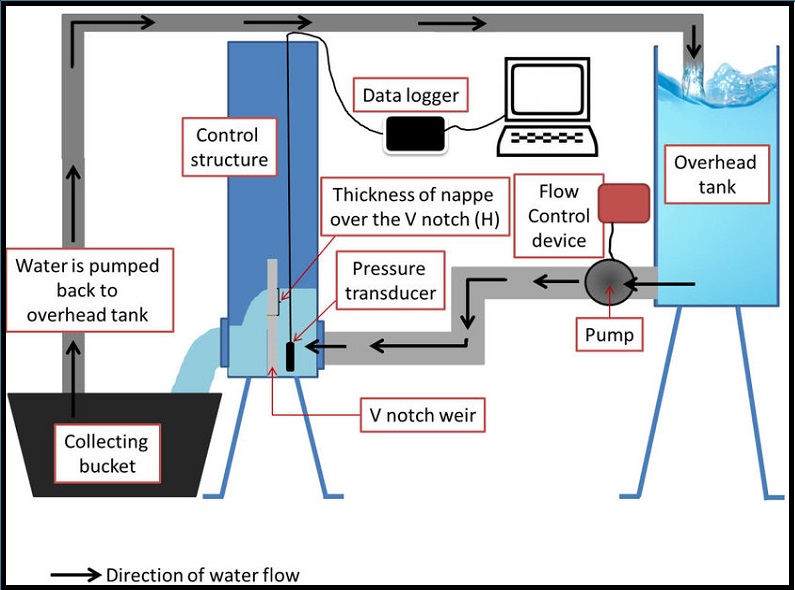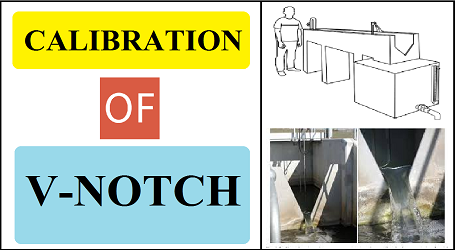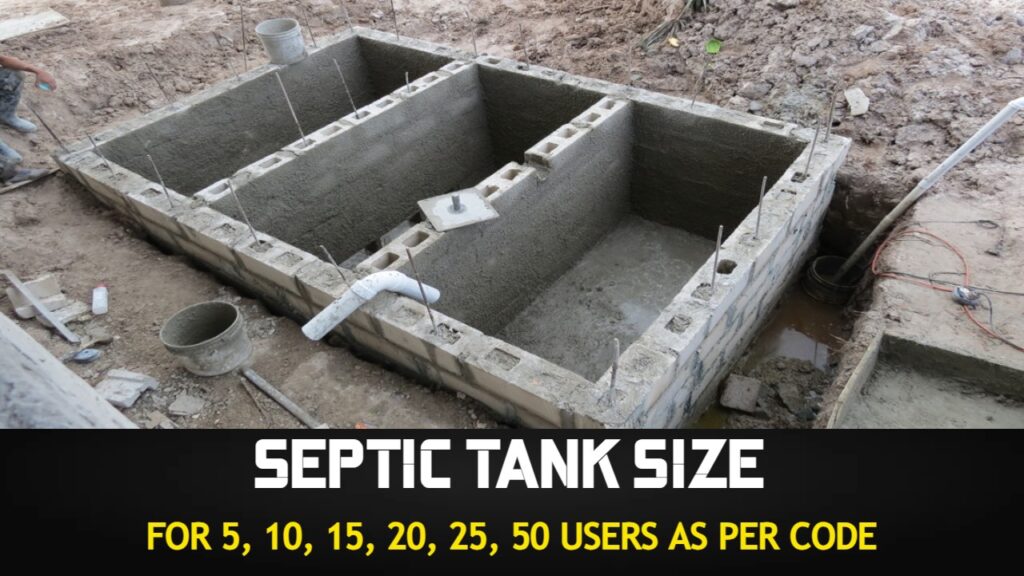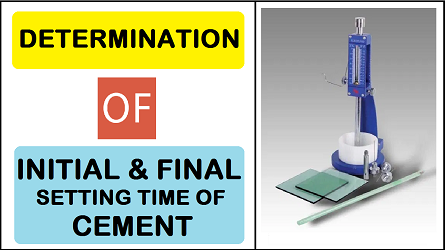Hello Friends. This is Mukesh from Learning Technology. I will tell you in today’s post How To perform Calibration of V-Notch Weir Experiment in a lab and How to find Co-efficient of Discharge in a very easy way.
Contents
Object of the Experiment
a. To Calibration a V – Notch weir.
b. To determine the co-efficient of discharge (Cd).
Apparatus Required
(a) Open channel tank fitted with V – Notch weir set up
(b) Volumetric measuring tank (30 cm x 30 cm)
(c) Stopwatch
Theory
Weirs are a secondary instrument to measure the rate of discharge in an open channel flow. Triangular weir which is often called V – Notch is used when the discharge is relatively small. The basic formula for the rate of discharge is
Qth = (8/15) √2g tanθ/2 x H5/2
where, Cd = Co-efficient of discharge
θ = angle of V – Notch (45 degrees)
H = head of water over the V – Notch weir
The calibration of a triangular weir means establishing the relationship between Cd – H. The relationship is shown in a graphical form.
For a particular weir, θ is constant and Cd is taken constant. The ratio of discharge through the weir can be approximated by Q = KH5/2 and K is usually called the meter constant.

Procedure
Water is allowed to flow through the set-up by opening the flow control valve. Note the height of the water level in the volumetric tank. Divert the discharge from the weir into the volumetric tank and start the Stopwatch simultaneously. Note the glass gauge reading in the volumetric tank. Collect the water for some time and divert the discharge to the drain from the volumetric tank and at the same time stop the stopwatch.
Note the final water in the volumetric tank. We record time from the Stopwatch. Repeat the procedure three times at different discharges by opening the control valve.
Now, plot Cd – H ordinary graph paper (This curve is shown as calibration curve of the triangular weir)
ALSO READ
- Aggregate Impact Value Test as per IS 2386 (Part-IV) 1993
- Aggregate Crushing Value Test
- Water Content of Soil by Oven Drying Method
- Specific Gravity of Cement by Specific Gravity Bottle
- Sp. Gravity & Water Absorption Of Coarse Aggregate
- Sp. Gravity & Water Absorption of Fine Aggregates
Practical Application
A triangular weir is used for the measurement of small discharges passing through an open channel. If over the weir is measured the discharge can directly obtainable from the calibration curve.
Observation
Area of the volumetric tank (A) in meter square = ……….
The angle of V – Notch (θ) = ……….
|
Run No |
Reading of V – Notch | Reading of Volumetric Tank | Time (t) (sec) | ||||
|
Initial (cm) |
Final (cm) |
Difference (H) (sec) |
Initial (cm) | Final (cm) |
Difference (H) (sec) |
||
|
1 |
|||||||
|
2 |
|||||||
|
3 |
|||||||
Results
|
Run No. |
H/100 (m) | Volume of Water collected in time t, V = (A x h)/100 (m3) | Qact = V/t (m3/s) | K = (8/15) √2g tanθ/2 x H5/2 | Qth = KH5/2 (m3/s) | Cd = Qact/Qth |
Mean (Cd) |
|
1 |
|||||||
|
2 |
|||||||
|
3 |







Keep posting New Experiments sir. Thank You
Sure. I will.